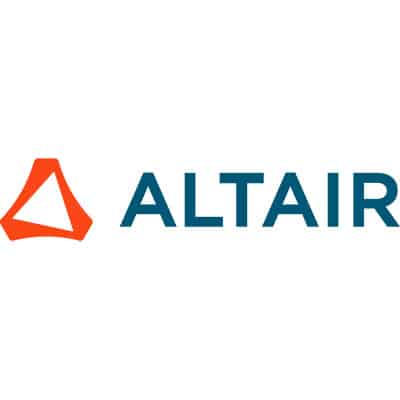


Design for additive manufacturing (DFAM) offers weight savings and the potential for improved performance and sustainment costs for Howitzer self-propelled components.
Leveraging advanced optimization methods, materials, and manufacturing processes for weight reduction of self-propelled Howitzer components
Problem
The Product Manager Self-Propelled Howitzer Systems (PM SPHS) manages the M109 Family of Vehicles (FoV), a premier fighting system with critical battlefield capabilities. The FoV is comprised of the M109A7 SPH Paladin weighing 86,000 pounds, M992A3 Carrier Ammunition Tracked (CAT) weighing 78,000 pounds, and the XM1299 Extended Range Cannon Artillery (ERCA). The weights of these current fielded vehicles demonstrate the need for minimizing the weight growth of future platforms to prevent affecting vehicle performance, sustainment costs, and the lack of weight space for upgrades.
Objective
The objective of this project is to leverage advanced optimization methods, materials, and manufacturing processes to identify SPH parts that can be redesigned for topology optimization and weight reduction. In addition to the weight reduction, a further objective is to provide a viable means of production and improve assembly and quality issues related to current part designs. The successful results for the redesign of these parts could convince the PM SPHS to further invest in a broader effort for other associated SPH parts or other ground vehicle parts.
Technical Approach
ALTAIR is working with Army Ground Vehicle System Center (GVSC) to strategically select two parts for topology optimization and weight reduction by utilizing a matrix of various components identified by GVSC that includes parameters such as part size, material, complexity, functionality, interaction with
The two parts identified as preliminary target parts are the variable recoil assembly-cradle and the trunnion mounting bracket. Additional parts may be considered, investigated and compared per a down selection process. Baseline TDPs for the target parts are obtained from Picatinny Arsenal for components within the turret system (above turret ring) and BAE Systems for any component below the turret ring. ALTAIR is leveraging the current data for the parts such as 3D CAD models and mating components, finite element models for relative loads and boundary conditions, 2D drawings, component test reports, and baseline piece and tooling costs with manufacturing times to optimize the redesigned parts. Prototypes of the two parts sufficient to support development testing are being manufactured, but no physical testing is planned. Virtual testing is occurring for part performance with the possibility of simulation testing dependent on the AM process used. Training and training guides outlining DFAM workflows are being developed.
Project Participants
Project Principal

Other Project Participants
- U.S. Army DEVCOM - GVSC
- Picatinny Arsenal
- BAE Systems Inc.
Public Participants
- U.S. Department of Defense
